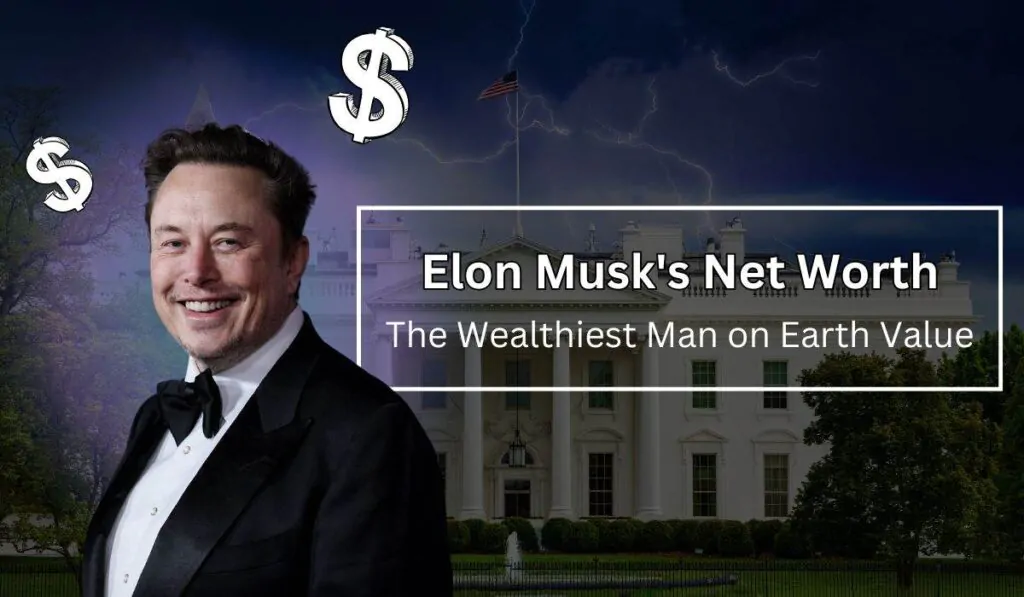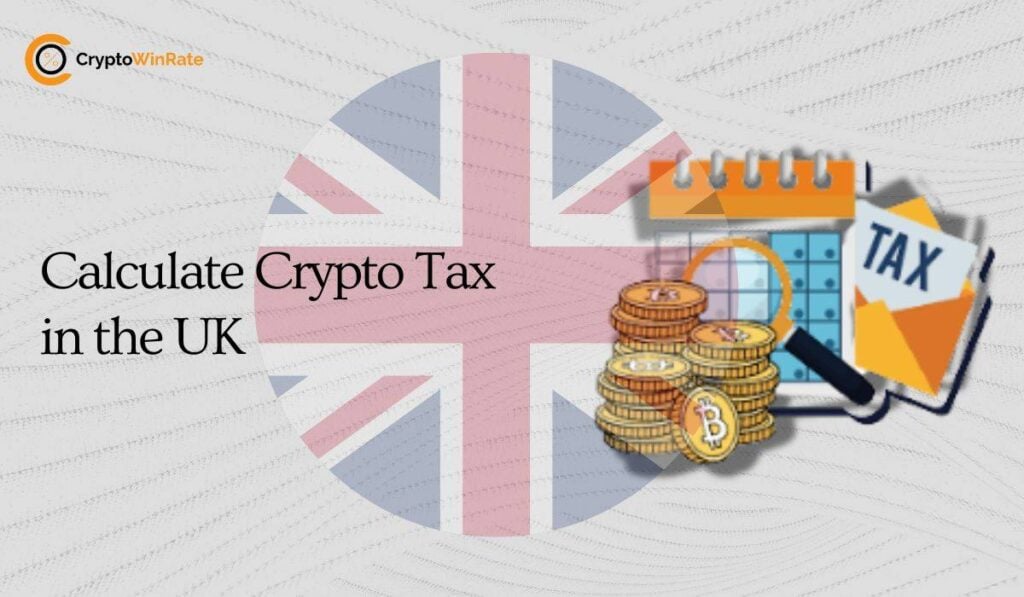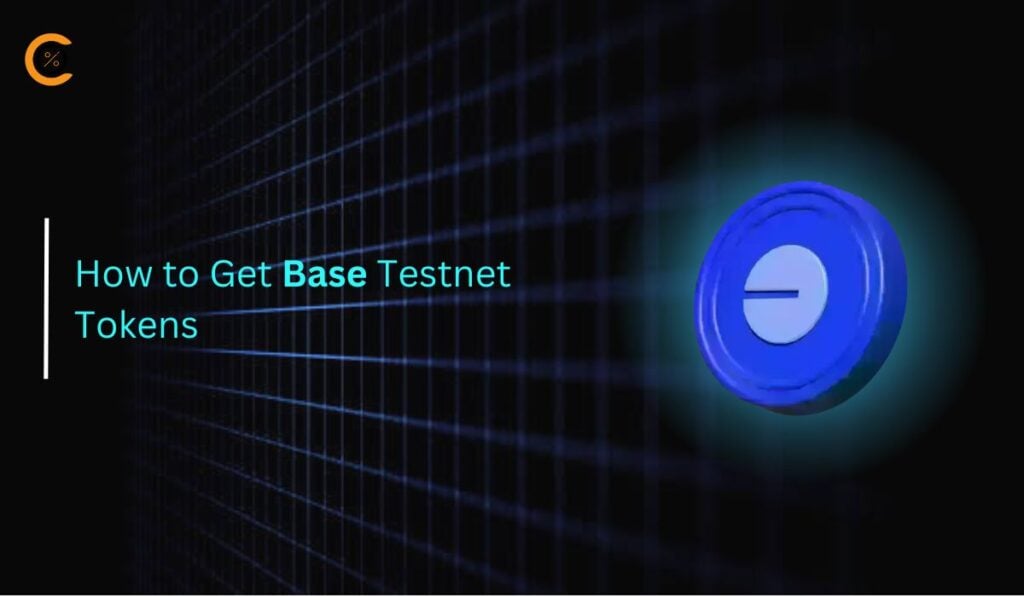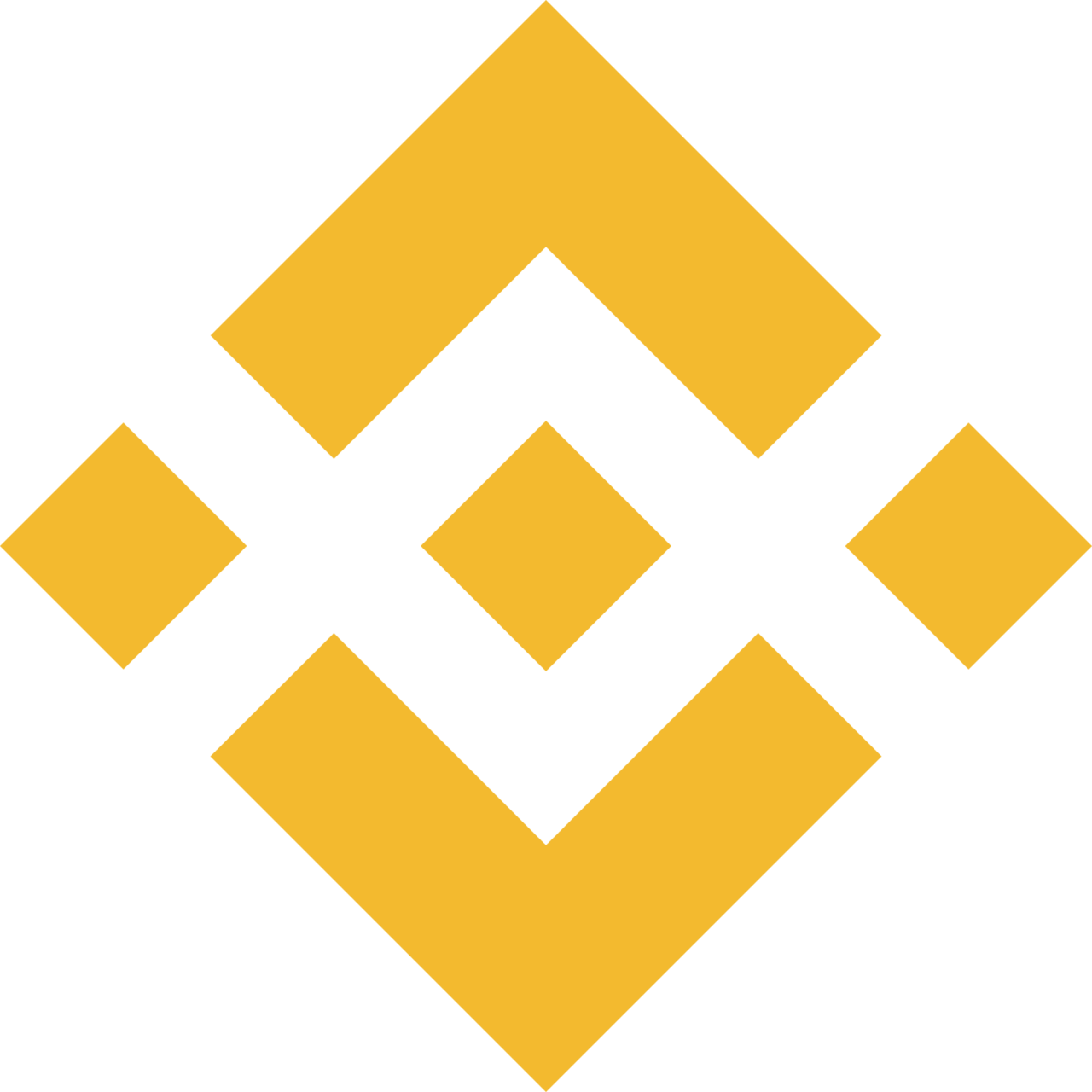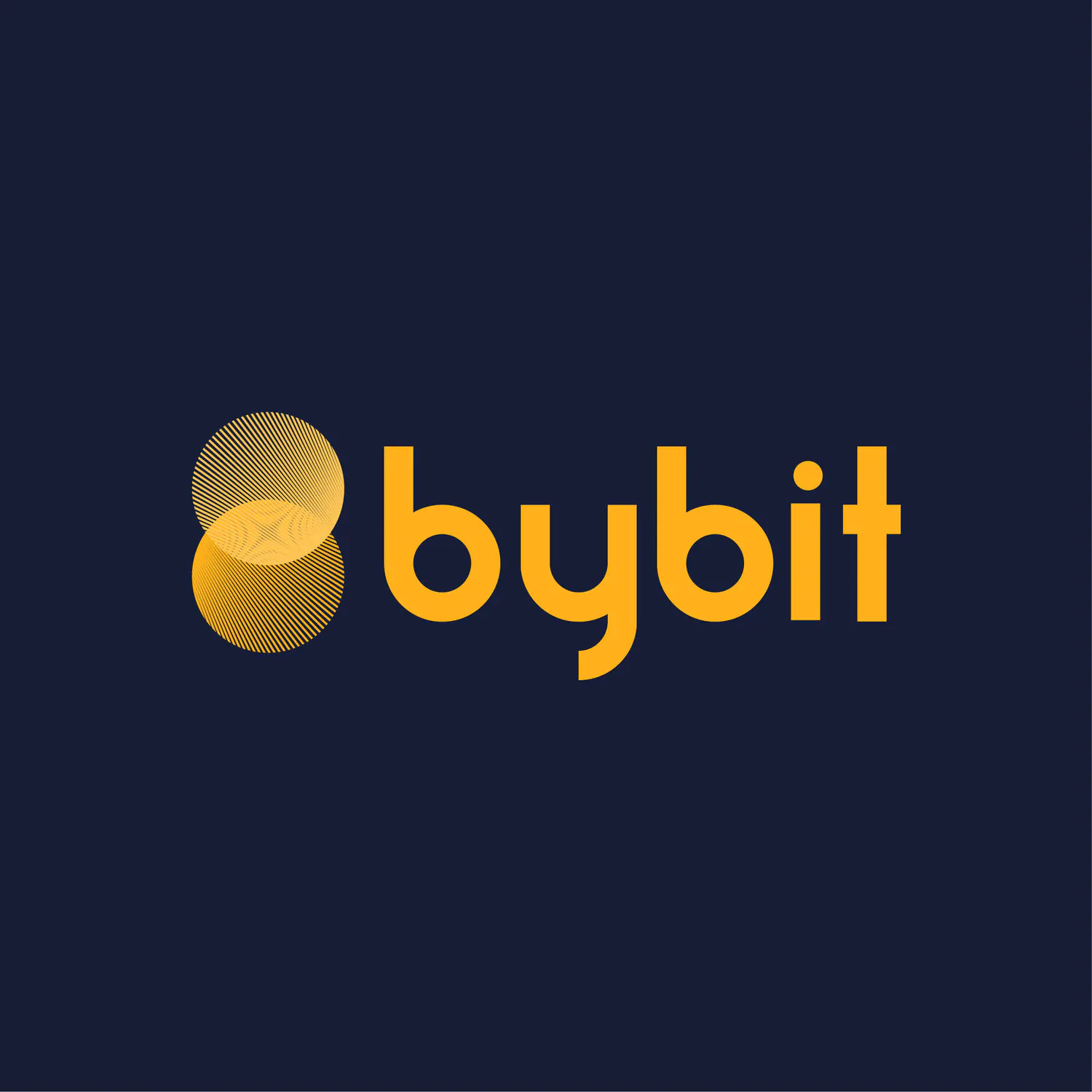The name Elon Musk resonates across industries. You’ll find him present in electric vehicles, space exploration, artificial intelligence, and even social media. As the wealthiest individual on the planet, Elon’s financial journey is as extraordinary as his ventures. With a net worth that has soared to remarkable heights, peaking at over $400 billion in late 2024 before settling at approximately $330 billion in early 2025, Elon’s fortune is a testament to his relentless innovation and risk-taking.
From revolutionizing the automotive industry with Tesla to redefining space travel through SpaceX, Musk’s influence extends far beyond the boardroom. His acquisition of Twitter (now X) in 2022 and the launch of xAI in 2023 further cemented his status as a tech titan. But how did this South African-born entrepreneur rise to such staggering wealth? Let’s talk about the story behind the numbers, starting with his early life and the ventures that shaped his empire.
Elon Musk’s Early and Personal Life
Elon Reeve Musk, born on June 28, 1971, in Pretoria (South Africa’s administrative capital), had a fascinating start to his journey toward innovation and success. Raised in a wealthy household, Elon is the eldest of three siblings.
He had a brother named Kimbal and a sister whose name is Tosca, along with several half-siblings from his father’s later marriage. His father, Errol Musk, was a multifaceted engineer and entrepreneur, while his mother, Maye Musk, achieved recognition as a model and dietitian.
Elon’s childhood was not all that rosy, as he faced several challenges. At 9, his parents divorced, leading him to live with his father, a decision he would regret later due to their strained relationship.
Nevertheless, his early passion for technology emerged during this period, with Musk teaching himself computer programming and creating his first video game, Blastar, which he sold for $500.

He pursued his education with determination, attending Waterkloof House Preparatory School, Bryanston High, and eventually Pretoria Boys High School. Driven by his ambition to become a citizen of the United States, Elon sought the study route and used his mother’s Canadian citizenship to move to Canada.
He then attended Queen’s University in Ontario in 1990, allowing him to fulfill his citizenship dreams through studentship at any US university. Two years later, he transferred to the University of Pennsylvania, earning degrees in physics and economics, a combination that fueled his career in tech and entrepreneurship.
Beyond his impressive professional achievements, Musk’s personal life has been marked by its own complexities. He has been married three times and has ten children, and his relationships often attract public attention alongside his tweets and ventures. This blend of groundbreaking innovation and the complicated details of his personal journey paints a vivid picture of one of the most fascinating figures of our time.
Considering Elon’s monumental achievements and the vast wealth he has accumulated. No wonder he is among the world’s wealthiest individuals and comfortably sits at the top. Forbes reports that his net worth remained the highest globally even after significant losses in 2024, including an estimated $4.8 billion in August 2024.
What is Elon Musk’s Net Worth in 2025?
As of late March 2025, Forbes estimates Elon Musk’s net worth at approximately $335 billion, maintaining his position as the world’s richest individual. This figure reflects a significant fluctuation from his record-breaking $420 billion net worth in late 2024, largely driven by Tesla’s stock performance and other ventures.
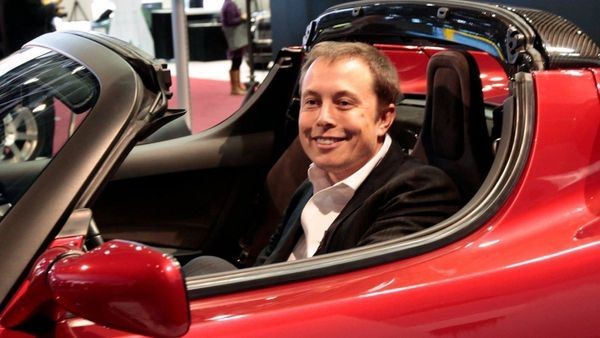
His influence and wealth remain unparalleled in 2025 despite the ups and downs. The following is an overview of Elon Musk’s ventures that have actively impacted his current $335 billion.
PayPal (formerly X.com)
PayPal was a significant catalyst in the early accumulation of Elon Musk’s substantial wealth. In March 1999, Musk co-founded X.com, a pioneering digital financial services and email payment platform.
Demonstrating considerable financial commitment, Musk invested $12 million from the proceeds of his Zip2 acquisition into this developing innovation. X.com rapidly gathered attention within the growing online financial sector, attracting over 200,000 users within eight months of operation.
In 2000, X.com merged with Confinity, another emerging online banking company, in a strategic move to consolidate the market and mitigate direct competition. This union resulted in the rebranding of the combined entity as PayPal, which would go on to become a dominant force in online payment processing.

EBay’s acquiring PayPal in 2002 marked a pivotal moment. As a significant shareholder with an 11.7% stake in the company, Elon received $176 million as part of the acquisition. This capital intake provided Musk with the financial resources necessary to start his ambitious and transformative ventures in the aerospace and electric vehicle industries, notably SpaceX and Tesla, respectively.
The proceeds from the PayPal acquisition thus played a crucial role in fueling Musk’s subsequent entrepreneurial endeavors and significantly contributing to his present-day financial stature of above $330 billion.
SpaceX
SpaceX represents a significant part of Elon Musk’s wealth from his strategic reinvestment of proceeds from the PayPal acquisition. In May 2002, Musk founded Space Exploration Technologies (SpaceX) with an initial investment of $100 million.
This decision was driven by Elon’s vision to revolutionize space travel by developing cost-effective rocket technologies. Musk personally spearheaded the company, overseeing the development and launch of its inaugural rocket, the Falcon 1, in 2006.
The company’s early years were marked by numerous launch failures, reflecting the inherent challenges of space exploration. However, the successful orbital launch of the Falcon 1 in 2008 marked a turning point, validating SpaceX’s technological capabilities and establishing its credibility within the aerospace industry.
This achievement facilitated the acquisition of lucrative contracts from prestigious entities such as NASA and the US Air Force, generating considerable revenue streams. These contracts, coupled with SpaceX’s subsequent advancements in rocket technology, have propelled the company to the forefront of the global space launch market.
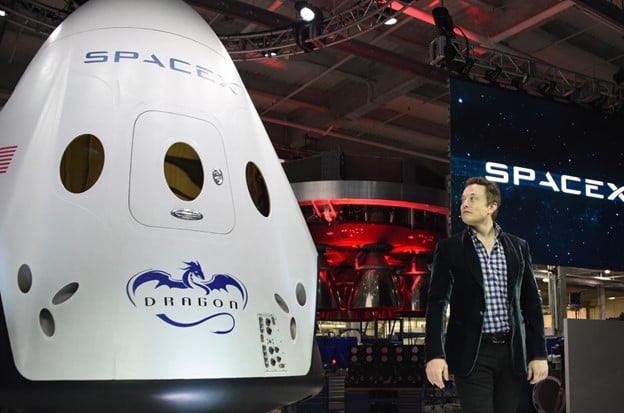
Currently, Elon Musk holds a significant equity stake in SpaceX, estimated at approximately $75 billion. This ownership contributes considerably to his overall net worth, estimated to be $300 billion as of March 2025, underscoring SpaceX’s crucial role as a major driver of Musk’s financial success.
Tesla Inc.
Tesla, Inc. has been a cornerstone of Elon Musk’s immense wealth, though its origins predate his direct leadership. While Tesla Motors (later Tesla, Inc.) was incorporated in 2003 by Martin Eberhard and Marc Tarpenning, Elon Musk’s involvement began in 2004. Elon bought in with a substantial $6.35 million investment, establishing him as the company’s largest shareholder.
A key shift occurred in 2008 when Eberhard was removed, and Musk assumed the role of CEO, steering Tesla’s trajectory. Under Musk’s leadership, Tesla transitioned from a niche electric sports car manufacturer to a global leader in electric vehicle (EV) production, covering various models, including sedans, SUVs, and trucks.
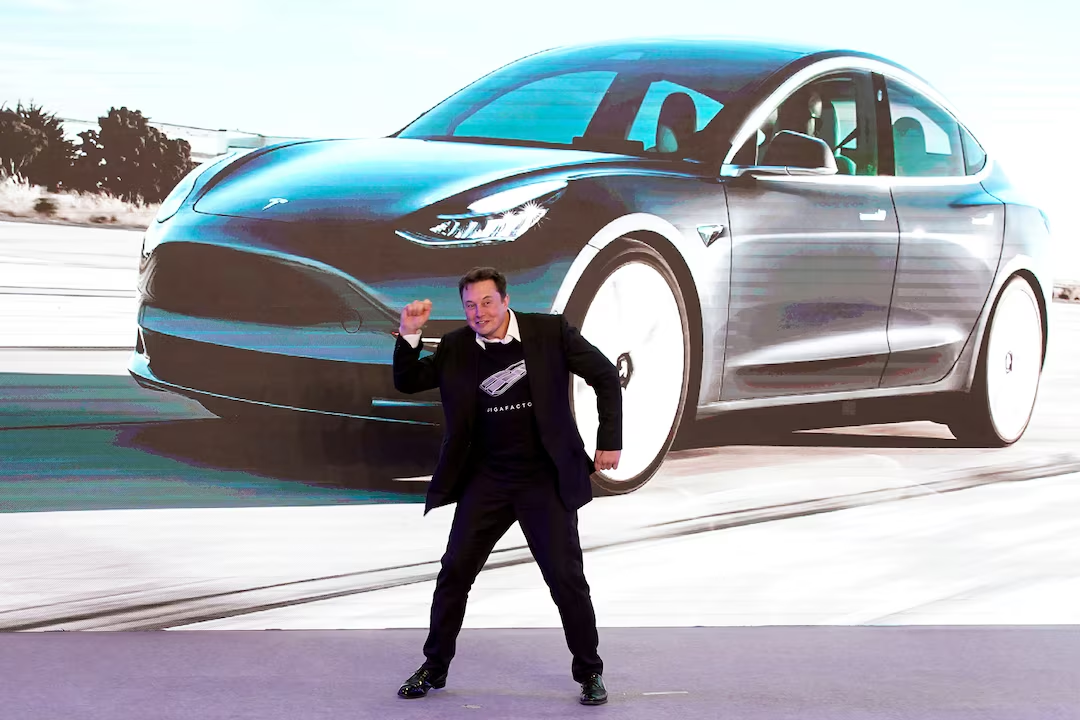
Following the 2016 acquisition of SolarCity, the company’s portfolio extended beyond EVs. It further expanded into lithium-ion battery production, automotive accessories, and solar energy systems.
Tesla’s rise was marked by its inclusion in the S&P 500 index in 2020, solidifying its position as the world’s most valuable automaker. In 2021, the company achieved a market capitalization of $1 trillion, a testament to its remarkable growth and market dominance.
Musk’s significant equity stake in Tesla and the company’s exponential growth have been a primary driver of his personal wealth. The noteworthy increase in Tesla’s valuation directly contributed to Musk’s status as one of the world’s wealthiest individuals.
Neuralink
Neuralink, co-founded by Elon Musk in 2016, represents a long-term, high-risk venture with the potential for substantial future financial returns. However, it has not yet materially contributed to his current wealth. The company focuses on developing brain-computer interfaces (BCIs) that integrate the human brain with artificial intelligence.
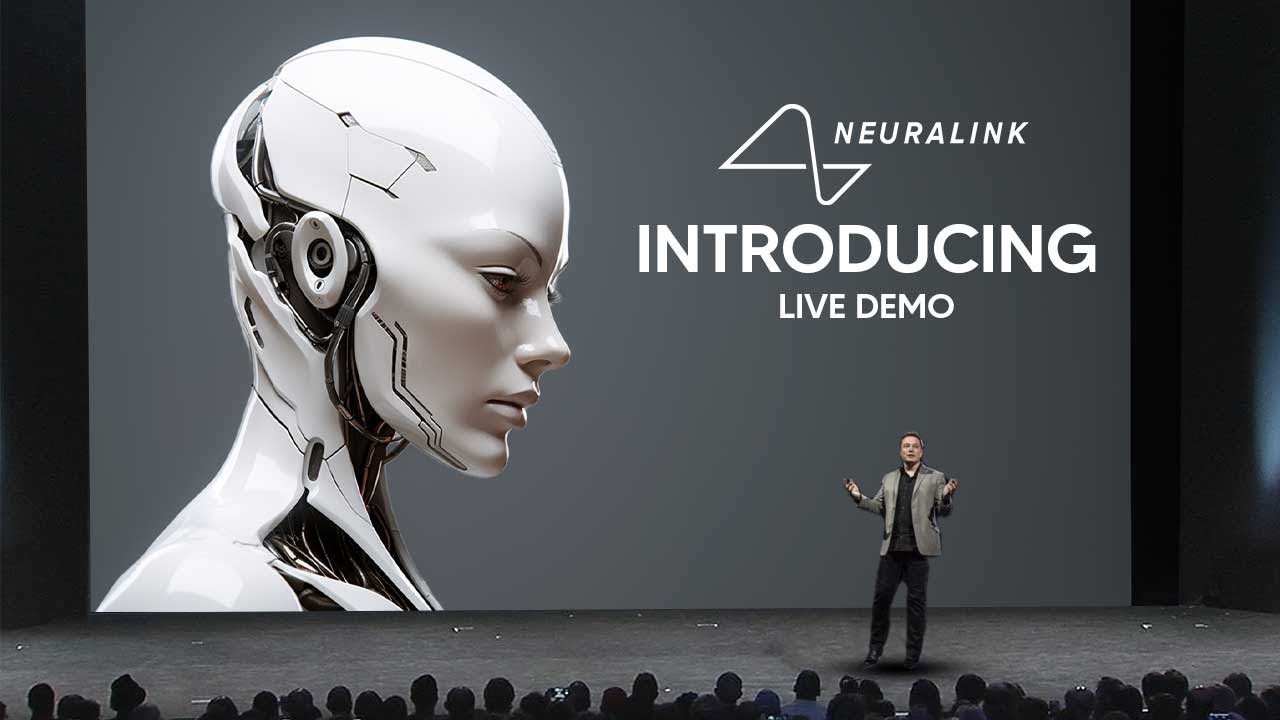
Neuralink’s ambitious brain-computer interface faces challenges, including experimental setbacks and ethical concerns. These concerns often hindered the company’s commercial success. However, research continues, aiming to develop devices that enhance cognition and treat neurological conditions. The long-term vision remains focused on functional BCI technology.
Should Neuralink achieve its technological goals and successfully commercialize its products, it has the potential to become a significant contributor to Elon Musk’s wealth. However, as of now, it is primarily a research-oriented endeavor with future potential.
The Boring Company
The Boring Company, established by Elon Musk in 2017, represents a speculative venture with potential future contributions to his wealth, though its current financial impact is relatively modest.
The Boring Company aims to ease traffic with high-speed underground tunnels. A 2018 LA test tunnel using Tesla vehicles showed early development, and some projects were canceled. Despite this, a functional system was completed in Las Vegas in 2021, with plans for further expansion projects.
The Boring Company’s long-term financial prospects remain uncertain. However, if achieved, its potential to revolutionize urban transportation could generate significant revenue streams for Elon. As of now, its contribution to Elon Musk’s overall wealth is limited, with its primary focus on ongoing development and project implementation.
X (Twitter)
Elon Musk’s acquisition of X (formerly Twitter) in October 2022 represents a complex and evolving factor in his overall wealth. In April 2022, Musk initially revealed a 9% stake in Twitter, setting the stage for a subsequent agreement to purchase the entire platform for $44 billion. His initial plan involved a significant personal investment of $21 billion.
However, Musk later attempted to withdraw from the deal in July 2022, leading to legal action from Twitter, which sought to enforce the purchase agreement. Musk responded with a countersuit.

Ultimately, the acquisition was finalized on October 27, 2022, granting Musk a 79% ownership stake in the company. He rebranded the platform as X, aligning it with his broader business interests.
Furthermore, Musk’s integration of xAI, his artificial intelligence company, into the X platform adds another layer of complexity. The potential for xAI (valued at $50 billion) to enhance X’s functionality and user experience could significantly impact its long-term value.
However, X’s long-term contribution to Musk’s overall wealth is still developing. Changes to the platform’s business model and user base are ongoing, and the ultimate financial outcome remains to be seen.
Elon’s Views on Cryptocurrency and His Holdings
Elon Musk views cryptocurrency as a promising innovation but advises caution when investing. While advising acquisition caution, he has repeatedly stated he prefers crypto investments to government-issued fiat currencies. He has publicly supported Bitcoin, Ethereum, and Dogecoin, often influencing their market trends through tweets and endorsements.
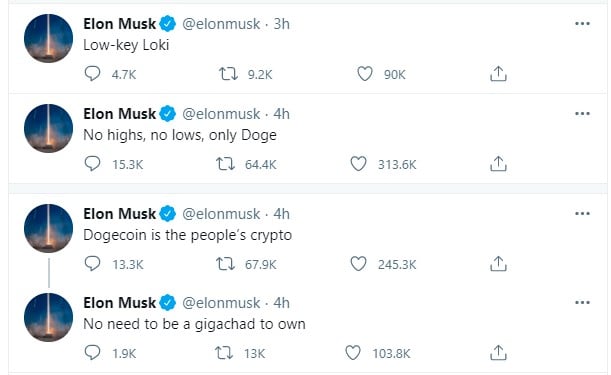
Musk’s companies, Tesla and SpaceX, hold significant Bitcoin reserves, collectively valued at nearly $2 billion as of 2025. He personally owns Bitcoin, Ethereum, and Dogecoin, with Dogecoin being a favorite due to its meme-inspired origins. Musk’s advocacy for cryptocurrency extends to its potential as a future currency, though he acknowledges its volatility and speculative nature.
Conclusion
Elon Musk’s vast wealth, fluctuating with Tesla’s stock and SpaceX’s valuations, positions him among the world’s richest. His diverse ventures, including X and xAI, add complexity to his financial landscape. While subject to market volatility and evolving business strategies, Musk’s innovative enterprises maintain his significant financial standing.

